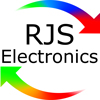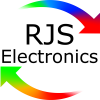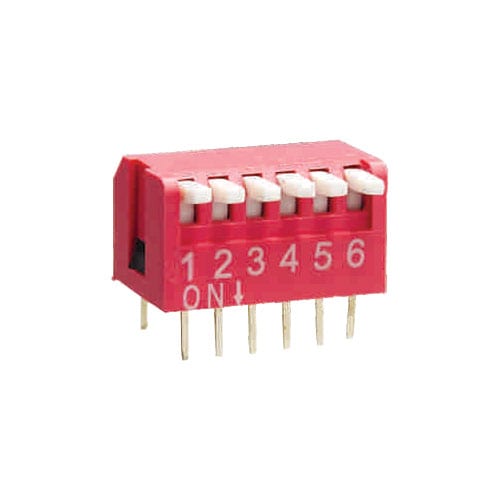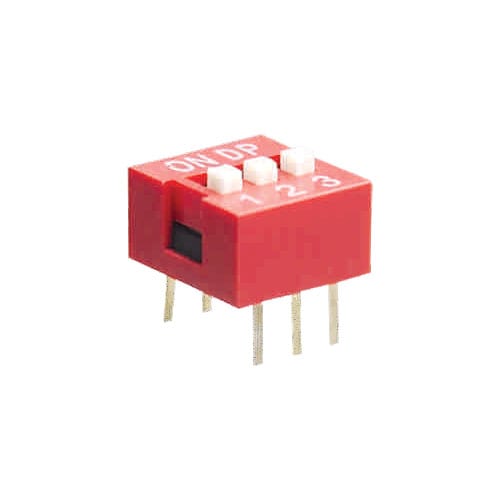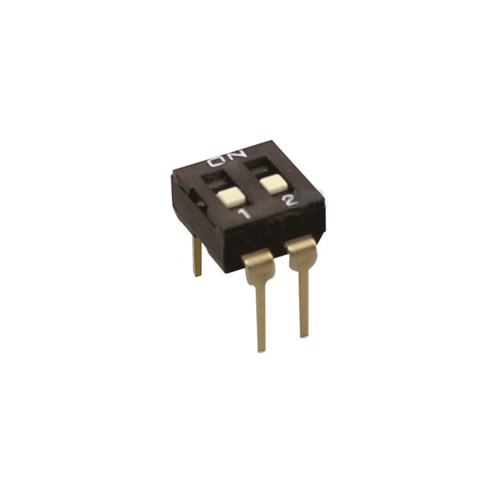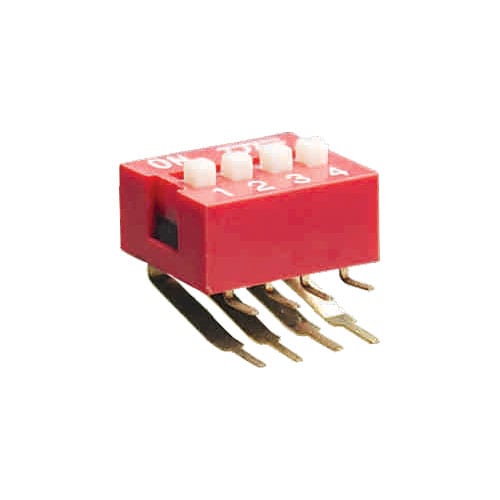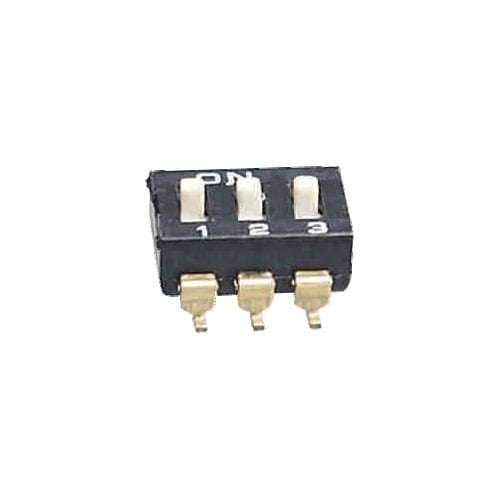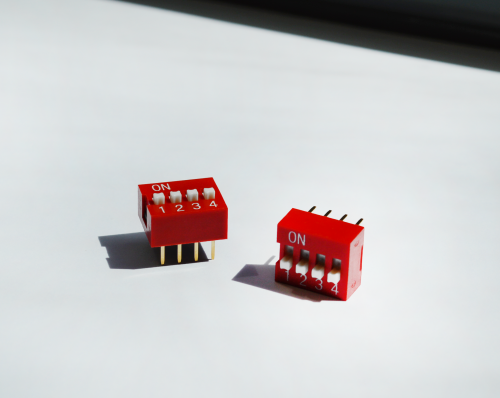
What is a DIP Switch?
DIP is short for ‘Dual in-line package’. A DIP switch is a small set of switches packaged in a Dual in-line package (DIP). A DIP switch is designed to be used on a printed circuit board (PCB) with the role of customising the behaviour of a device. This is done by controlling the flow of electricity around the PCB. This can therefore be utilised to change the operating mode or function of an electronic device. Our DIP switches are PCB surface or through hole-mounted, with both vertical and right angle options available.
What is a PCB switch?
A PCB switch is a switch that is directly mounted onto a PCB (Printed Circuit Board). Surface mount PCB switches (SMD/SMT) are designed to sit flat, directly on top of a PCB. Through-hole or ‘thru-hole’ PCB switches are inserted into a drilled hole on the printed circuit boards and soldered to pads on the opposite side.
How do I use a DIP Switch?
The DIP switch has an arrangement of contact pins underneath which can plug onto the breadboard or printed circuit board. This is then allocated into two parallel rows. A standard DIP switch can include 1, 2, 4, 7, 8, 10, 16+ individual switches mounted on to 1 single small block. These switches can then be used to control separate variables on a device. The toggle types (Piano) are available with a variety of pole and throw configurations, such as:
- SPST (Single-pole, single-throw) switch has only got one output and one input.
- SPDT (Single-pole, double-throw) switches have three terminals, one common pin and two pins which contend for connection to the common. Most suited to devices selecting between two power sources.
- DPDT (Double-pole, double-throw) switches are essentially two SPDT switches that control two separate circuits and are switched together by one single actuator.
What are the Benefits?
DIP switches are simple to function and are a very cost-effective option compared to the alternative of jumper blocks and software control panels. DIP switches have multiple toggles parallel which enables each one to be moved independent to the others, allowing a multitude of combinations. Further to this, using DIP switches is a highly quick and effective way to check physically what options are selected without having to the power up the whole system.
Types of DIP Switches
There are many types of DIP switches available. The most common types are slide, piano, IC and SMD type. These types work with a toggle or slide mechanism.
Rotary Type
Another type of DIP switches are rotary DIP switches. The rotary type has a circular motion instead of a toggle going back and forth. They can rotate through 360 degrees or alternatively can be pre-set to stop at certain positions. This type is perfect for PCB boards with limited space.
Applications
DIP switches continue to flourish in various industrial sectors. Their affordability and ease of implementation in circuits make them popular choices. Other applications include PC hardware, door opening mechanisms, multi-device remote controls, and stage lighting control.
Interested in our products? Speak to us today!
How to place an order?
We operate Monday – Thursday (8 am – 5 pm) and Fridays (8 am – 4.30 pm)
Call us on +44 (0) 1234 213600 to speak to our Sales Engineers or e-mail us
on [email protected] alternatively, leave us a message using our online contact form.
View our full product range here | Download our recent product catalogue
Switch on.
Sign up to our mailing list for the latest news, product notification and so much more!
Just one click away…
